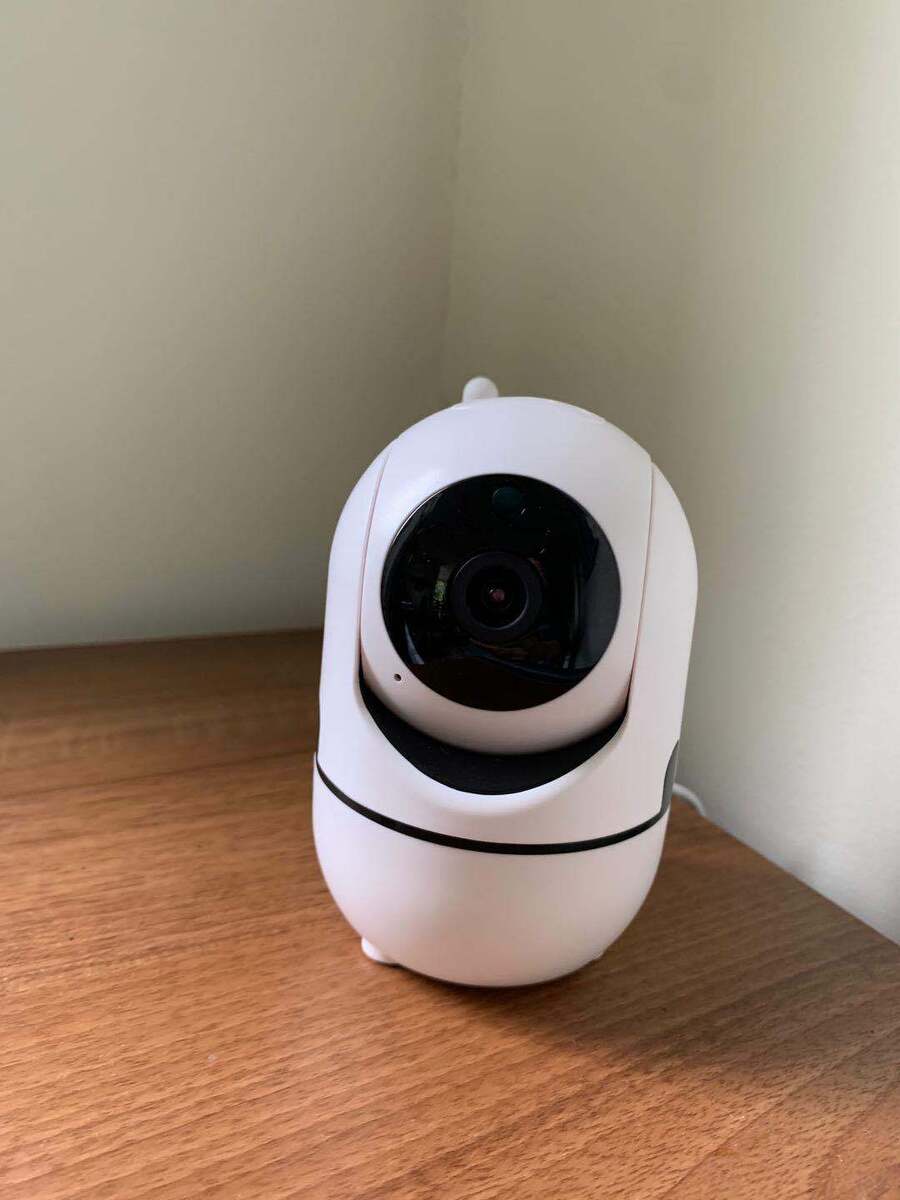In an age where security concerns are paramount, CCTV (Closed-Circuit Television) systems have become an indispensable tool for safeguarding homes and businesses alike. Whether you're protecting your family or your assets, selecting the right CCTV system requires careful consideration of various factors to ensure optimal security coverage tailored to your specific needs. Here's a comprehensive guide to help you navigate the process and make an informed decision.
1. Assess Your Security Needs:
Before diving into the technical specifications, take stock of your security requirements. Consider factors such as the size of the area to be monitored, the level of detail needed, and any specific vulnerabilities or high-risk areas that need extra attention.
2. Determine Camera Types:
CCTV systems typically comprise different types of cameras suited for various purposes. Choose from options such as dome cameras, bullet cameras, PTZ (Pan-Tilt-Zoom) cameras, and discreet spy cameras based on factors like visibility, coverage area, and aesthetic preferences.
3. Resolution and Image Quality:
High-resolution cameras deliver clearer images and better identification of intruders or incidents. Opt for cameras with at least 1080p resolution for crisp visuals, or consider higher resolutions like 4K for ultra-clear footage, especially for larger areas or critical monitoring zones.
4. Consider Night Vision Capabilities:
Night vision functionality is crucial for round-the-clock surveillance. Look for cameras equipped with infrared (IR) LEDs or low-light sensors to ensure reliable performance in low-light conditions, enabling effective monitoring even in the dark.
5. Evaluate Storage Options:
Determine how you'll store and access surveillance footage. Choose between local storage options like DVRs (Digital Video Recorders) or NVRs (Network Video Recorders), or opt for cloud-based solutions for convenient remote access and backup capabilities.
6. Remote Access and Monitoring:
Ensure your CCTV system supports remote access via smartphones, tablets, or computers, allowing you to view live footage and review recordings from anywhere with an internet connection. Look for user-friendly mobile apps or software interfaces for seamless monitoring on the go.
7. Scalability and Expandability:
Anticipate future security needs and select a CCTV system that offers scalability and expandability. Choose systems with the flexibility to add more cameras or upgrade components as your requirements evolve, ensuring long-term viability and cost-effectiveness.
8. Consider Integration with Other Security Systems:
For enhanced security and convenience, explore CCTV systems that integrate seamlessly with other security devices such as alarms, motion sensors, and access control systems. Integration allows for centralized management and automated responses to security events.
9. Budget Considerations:
Establish a realistic budget for your CCTV system, considering upfront costs for equipment, installation, and ongoing maintenance expenses. Balance cost considerations with the need for quality and reliability to ensure you get the best value for your investment.
10. Installation and Maintenance:
Choose a reputable supplier or service provider with expertise in CCTV installation and maintenance. Proper installation and regular maintenance are essential for optimal system performance and longevity, so prioritize reliability and professionalism when selecting a vendor.
Conclusion :
In conclusion, selecting the right CCTV system requires careful planning and consideration of various factors to ensure effective security coverage tailored to your specific needs. By assessing your requirements, choosing the appropriate equipment, and partnering with reliable professionals, you can implement a robust surveillance solution that provides peace of mind for your home or business.






Comments